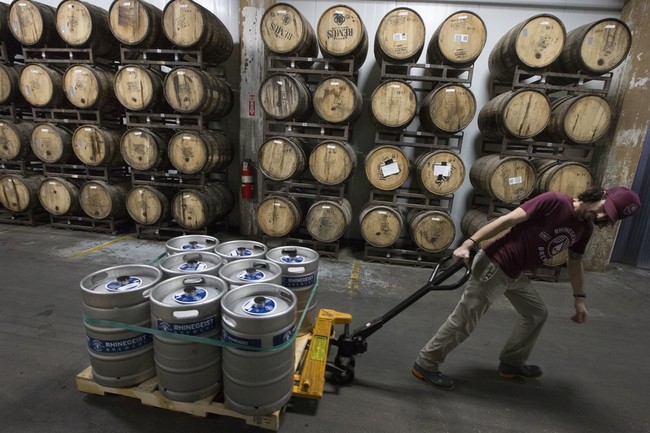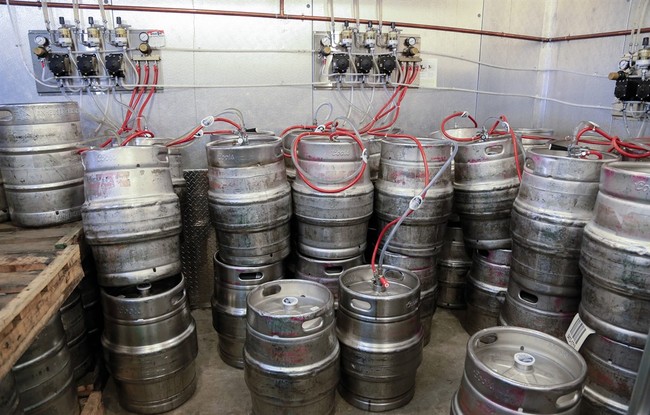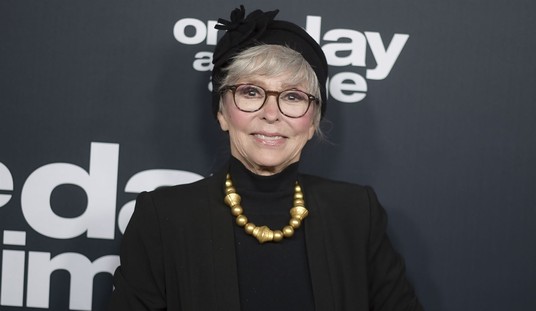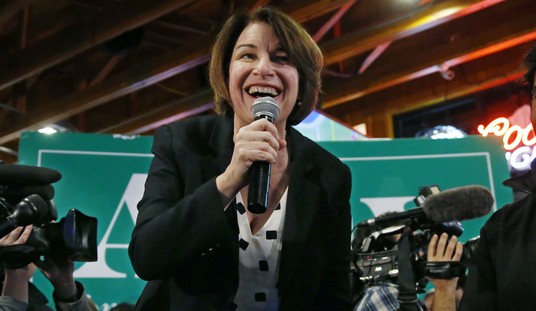A certain beer company experienced something deeply revealing in the weeks after the Super Bowl. Following a number of feature placement commercials during the game, and a 4th quarter spot involving the return of the iconic Clydesdales, Bud Light sales managed to take a dip in the days after the NFL Championship game.
Market analysts are studying this result ardently, as it calls into question several details, from the overall effectiveness of these commercials, as well as the ability of a company to recover from a PR wound of its own making.
READ: As Sales Continue to Plunge, Bud Light Faces Displeasure on Both Sides of Its Controversy
Here's why the financials behind the brand and the company are revealing. Having just reported its fourth-quarter results, A-B-InBev shows us how the past year has gone for the brewer, as it revealed it has lost $1.3 billion in beer sales in North America. The recovery of market share by the Bud Light brand is limping along since it ceded its number-one, best-selling brand position to Modelo in May -- a position Bud Light maintained for decades. This has led to red ink negatives across the company’s US portfolio.
(The company was bolstered by its global sales, as overall A-B-InBev recorded record revenues and increased its dividends.)
ABInBev
— Alfred (@fredalcount) February 29, 2024
US Q4 revenue -17.3% on tanking sales of Bud Light.
US Q4 volumes -15.3%
EBITDA -34% on lower volumes mainly but also because to claw back market share, they busy throwing bucket loads of cash at marketing.
Bud Light | Budweiser | Q4 Results pic.twitter.com/sfNjVuOPza
There is another factor that is going to impede Anheuser-Busch's recovery even further; beer sales across the country have been flattening out faster than the foam in a dirty pint glass. Beginning at least a year ago the numbers began to decline, then something historic happened as sales of spirits exceeded those of beer for the first time. Even the seemingly ever-vibrant craft beer sector experienced a downturn. Several forces are at play, creating a perfect storm of sorts -- call it a tempest in a beer stein.
There are still lingering effects from the pandemic, where small brewers were especially affected by the shutdowns. The drinking marketplace in general has been shaken, as more people have become accustomed to dining in different fashions. Another after-effect from COVID shutdowns was in creating a rise in demand and availability of seltzers and ready-to-drink options (cocktails in a can). Then you have the combined economic forces of inflation and supply-chain challenges welling up. Also, a little spoken-of factor is that marijuana restrictions are easing across the country, leading to a shift in diversionary vices for some.

And there is yet another looming dark reality. Studies have shown that the college-aged crowd has developed an aversion to drinking in general. The University of Michigan conducted one study showing this generation has as much as 25 percent of those who are abstaining from drinking entirely. This becomes a double generational hit on the beer industry.
As Generation X moves towards middle age they are expectantly gravitating toward spirits - leading to its steady increase in sales volumes - however, they are not being replaced by the newest sector moving into drinking age. This also will impact things down the road, as beer companies have long known that capturing those brand affections early in life leads to long-term beer loyalties.
The outlook for the coming years is not much more effervescent. 2023 saw that the overall beer market fell below the production of 200 million barrels for the first time since 1999. That indicates there is more than a trend taking place, it could lead to a significant generational shift. With inflation continuing to be a factor (despite what the compliant press is claiming) that is unlikely to help lure people back to sit in front of the drought handles. Brewers are going to need to get deeply creative to get people to begin hoisting the tankards once again.
















